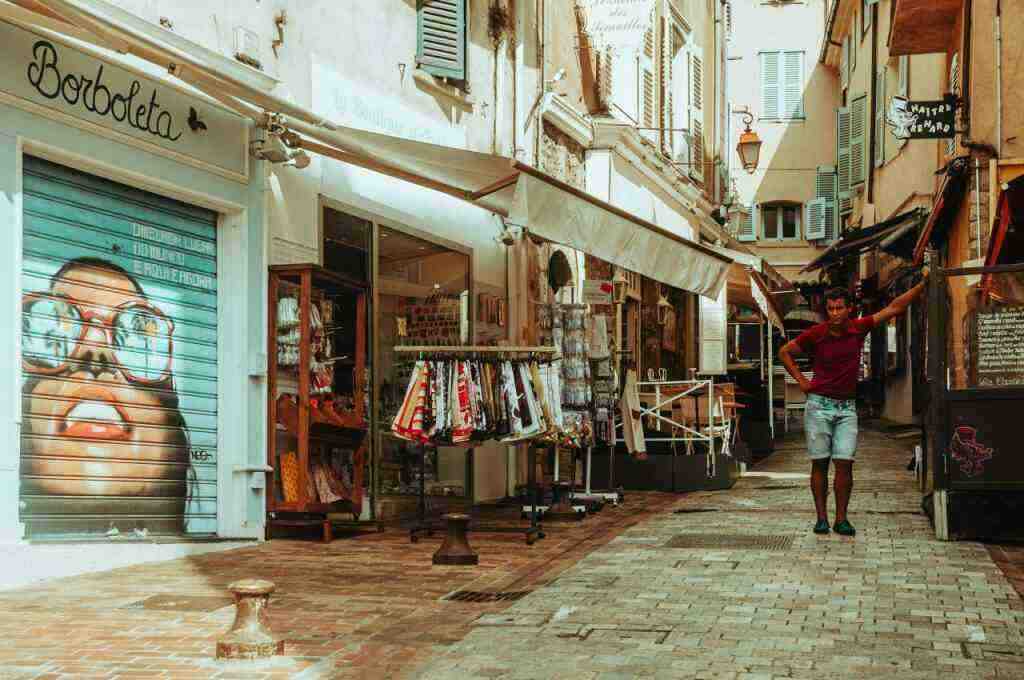The Evolving Landscape of Online Retail: A Comprehensive Analysis
Introduction
The advent of the internet has revolutionized the way we shop. Online shopping’s convenience and ease have led to a surge in e-commerce, with consumers increasingly opting to purchase goods and services from the comfort of their own homes. This shift in consumer behavior has had a profound impact on the retail industry, prompting traditional brick-and-mortar stores to adapt to the changing landscape or risk becoming obsolete.
The Rise of E-commerce
The growth of e-commerce has been nothing short of phenomenal. In 2023, global e-commerce sales reached a staggering $5.2 trillion, and this figure is projected to surpass $7.4 trillion by 2025. This remarkable expansion can be attributed to several factors, including:
Convenience and Accessibility:
Online shopping offers consumers the convenience of shopping 24/7 from anywhere with an internet connection. This eliminates the need to travel to physical stores, saving time and effort.
Wider Selection:
E-commerce platforms provide access to a vast selection of products from around the world, often unavailable in local stores. This allows consumers to compare prices, read reviews, and make informed purchasing decisions.
Competitive Pricing:
Online retailers often offer lower prices than traditional stores due to reduced overhead costs. Additionally, e-commerce platforms frequently run promotions and discounts, making products even more affordable.
Personalized Shopping Experience:
Online retailers employ sophisticated algorithms to track customer behavior and preferences. This data is used to personalize the shopping experience, providing tailored recommendations and targeted advertising, enhancing the overall customer journey.
The Impact on Brick-and-Mortar Stores
The rise of e-commerce has posed significant challenges to traditional brick-and-mortar stores. Many have struggled to compete with the convenience, selection, and pricing offered by online retailers. As a result, we have witnessed a decline in the number of physical stores, particularly in the retail sector.
Store Closures and Job Losses:
The shift towards online shopping has led to numerous store closures and job losses in the retail industry. This has had a devastating impact on local economies, especially in areas heavily reliant on retail employment.
Changing Consumer Behavior:
Consumers have become accustomed to the ease and convenience of online shopping. This has led to a decline in foot traffic in physical stores, making it difficult for retailers to generate sufficient revenue to sustain their operations.
Adapting to the New Reality:
To survive in the face of e-commerce competition, brick-and-mortar stores have had to adapt their strategies. Many have invested in enhancing their online presence, offering click-and-collect services, and creating immersive in-store experiences to attract customers.
The Future of Retail
The future of retail is likely to be a hybrid model, where online and offline channels coexist and complement each other. E-commerce will undoubtedly continue to grow, but physical stores will still play a vital role in the retail landscape.
Seamless Integration:
Retailers will strive to seamlessly integrate their online and offline channels, providing a cohesive shopping experience. This may involve features such as in-store pickup of online orders, mobile checkout, and personalized recommendations based on both online and in-store behavior.
Experience-Driven Shopping:
Physical stores will increasingly focus on creating immersive and engaging shopping experiences that cannot be replicated online. This may include interactive displays, personalized services, and unique product offerings.
Sustainability and Social Responsibility:
Consumers are becoming increasingly conscious of the environmental and social impact of their purchases. Retailers will need to prioritize sustainability and social responsibility initiatives to attract and retain customers.
Conclusion
The rise of e-commerce has fundamentally changed the way we shop and the retail industry as a whole. While brick-and-mortar stores have faced challenges, they have also adapted and evolved to meet the changing needs of consumers. The future of retail lies in a harmonious blend of online and offline experiences, where convenience, selection, and personalization are seamlessly intertwined. Retailers that embrace this hybrid model and prioritize customer satisfaction will be well-positioned to thrive in the ever-evolving landscape of online retail.
